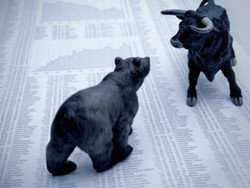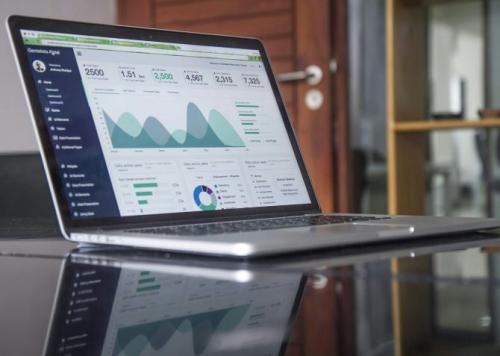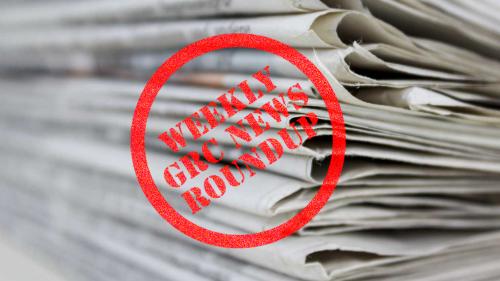More than half (55 percent) of investors and analysts say their view of the market is either ‘neutral to bearish’ or ‘bearish,’ a rise from 43 percent last quarter, according to the latest survey by Corbin Advisors.
The research, which polled 80 institutional investors and sell-side analysts globally between June 2 and July 8, finds negativity has intensified amid persistent inflation, rising interest rates and slowing economic growth.
Although 72 percent of respondents say they are ‘concerned’ or ‘significantly concerned’ about the prospect of a recession, the majority expect it to be ‘short’ and ‘shallow.’ Most believe the recession will occur at some point in the second half of 2022 or first half of 2023.
With the US earnings season underway, survey respondents indicate that inflation remains by far the number one topic they want to hear about on conference calls, with 73 percent selecting this option.
TALKING POINTS

Following inflation, the next most popular topics are demand (39 percent), margins (38 percent) and supply chains (30 percent), although the latter issue sees an 11 percentage-point drop in interest compared to last quarter.
Half of investors and analysts (50 percent) say they would like companies to prioritize debt reduction as the top use of cash, compared to 41 percent three months ago. Only 24 percent favor M&A at the current time, a level not seen since March 2020.
‘Investor angst continues to grow amid increasing occurrences of slowing demand across a number of end markets and regions, particularly Europe,’ Rebecca Corbin, founder and CEO of Corbin Advisors, says in a statement.
‘At the same time, certain secular growth trends remain strong, and many companies will again print record results this quarter. With 2022 guides that did not anticipate a recession, a prolonged war, nor the level of US interest rate hikes to date, uncertainty abounds and continued volatility is inevitable as these dynamics wend their way through global economies and corporate performances.’









